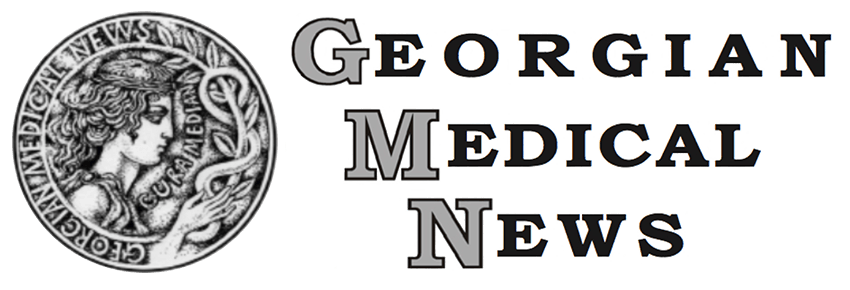ORIGINAL ARTICLE
A FAMILY HISTORY OF DUCHENNE MUSCULAR DYSTROPHY
Karaiev T., Tkachenko O., Kononets O., Lichman.
Shupyk National Medical Academy of Postgraduate Education, Ukraine
Summary
The purpose of the study is to examine in depth and analyze the clinical and some paraclinical characteristics for a family history of Duchenne muscular dystrophy.
We analyzed the follow up clinical and laboratory data of Duchenne muscular dystrophy in two brothers-german, aged 16 and 14, respectively. The patients underwent a standardized examination, involving studying the medical case history, general clinical data, determining Sheldon’s somatotype and the constitutional type, the detailed neurological status examination, testing a personality type, laboratory and instrumental examinations.
Through the laboratory examination we determined the general blood test indicators, total serum protein levels, total choles- terol, the ALAT, ASAT, CPK levels, the indicators of the immunogram, myositis profile and the genetic markers of the disease.
The instrumental examination included the ultrasound of the abdominal organs, muscles, as well as echo-cardiography, elec- troneuromyography.
A complete examination fragment of 42 patients with myodystrophies is presented.
The paper presents the neurological examination results, the genetic study data and the CPK level indicators in the represen- tatives of Duchenne muscular dystrophy family history.
The given family history of Duchenne muscular dystrophy showed two brothers-german to have di erences both in the defective dystrophin gene exons at Xp21 and in the disease clinical picture.
Thus, patient A., who is an elder brother was detected to have exon 47, 48, 50 and 52 deletion, and patient B., who is a younger brother, was found to have exon 45-43 deletion.
The presented family history of Duchenne muscular dystrophy acknowledges the fact that the clinical, genetic, biochemical and other characteristics in patients with dystrophinopathies warrant further comprehensive investigations in order to update diagnostic and prognostic techniques, considering the great medical and social significance of this disabling pathology. However, the onset age of the disease, the clinical course, and the changes in the CPK level were different.
Due to the muscle ultrasound both patients were detected to have degenerative changes in the proximal upper and lower limbs.
Keywords
Duchenne Muscular Dystrophy
Becker Muscular Dystrophy
Phenotype
Muscle Ultrasounds


